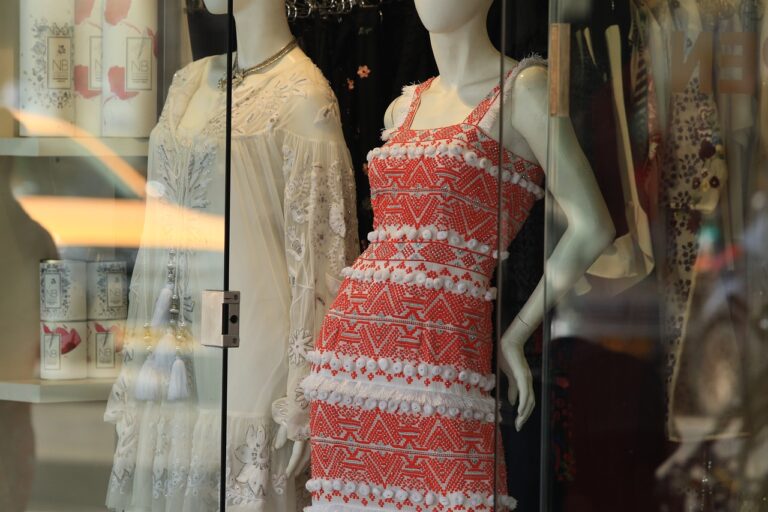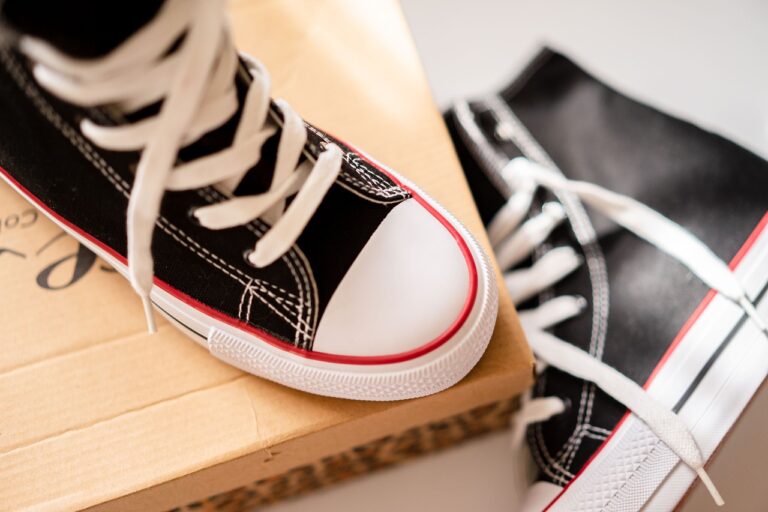The Role of Fashion in Historical Movements
Fashion, as a mirror reflecting societal values, has long been intertwined with cultural norms and beliefs. The way people choose to dress and present themselves often serves as a visual representation of the prevailing attitudes and ideologies of a particular time and place. Whether embracing traditional styles or pushing the boundaries of innovation, individuals use fashion as a means of expressing their identity within the broader context of society.
Furthermore, the fashion industry itself serves as a barometer of society’s values, responding to shifts in political, economic, and social landscapes. Designers and brands frequently draw inspiration from current events and cultural movements, incorporating these influences into their collections. By observing the evolving trends in the fashion world, one can gain insight into the collective consciousness of a society and the values that shape its collective identity.
The Influence of Fashion on Political Movements
Fashion has long been intertwined with political movements, serving as a powerful tool for self-expression and advocacy. Clothing choices can send strong messages and convey solidarity with certain causes or ideologies. For example, the Black Panther Party adopted a distinct style, including black leather jackets and berets, to symbolize their unity and resistance against racial oppression.
Moreover, fashion has the ability to challenge societal norms and spark conversations about important political issues. Designers and activists often collaborate to create pieces that provoke thought and push boundaries. By using fashion as a platform for political expression, individuals can amplify their voices and bring attention to social injustices on a global scale.
Fashion as a Tool for Social Change
Fashion has long been recognized as a powerful tool for sparking social change. Through clothing choices, individuals can convey messages about their beliefs, identities, and solidarity with various causes. In recent years, we have seen numerous examples of fashion being used to raise awareness about important social issues such as gender equality, environmental sustainability, and racial justice.
One of the most effective ways that fashion contributes to social change is through the promotion of ethical and sustainable practices within the industry. By supporting brands that prioritize fair labor practices, eco-friendly materials, and transparent supply chains, consumers can help drive a shift towards a more responsible and ethical fashion industry. This emphasis on sustainability not only benefits the environment but also promotes social change by highlighting the importance of ethical production processes and consumer consciousness.
How does fashion reflect societal values?
Fashion reflects societal values by showcasing trends that are influenced by cultural, political, and social factors. It can serve as a mirror to current beliefs, attitudes, and norms within a society.
How can fashion influence political movements?
Fashion can influence political movements by providing a platform for individuals to express their beliefs and values through clothing and accessories. It can be used as a form of protest or solidarity with a particular cause.
How is fashion used as a tool for social change?
Fashion is used as a tool for social change by raising awareness about important issues, promoting inclusivity and diversity, and challenging traditional norms and stereotypes. Designers, brands, and consumers can all play a role in driving positive change through fashion.







